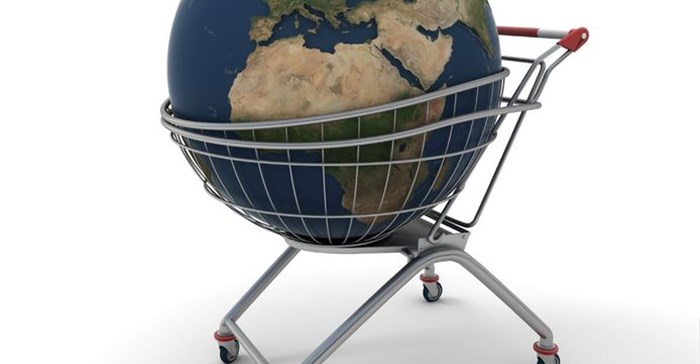Sub-Saharan Africa is developing fast, with infrastructure roll-out across the region, unprecedented urbanisation and a fast-growing middle class.These developments set the scene for huge FMCG sector growth in the short to medium term, says Adam Molai, southern African FMCG entrepreneur, who is positioning his business holdings to capitalise on the coming boom.

Image by 123RF
His holdings, which include tobacco and soft drinks concerns, are modernising FMCG manufacturing, distribution, pricing and marketing models to meet the expected boom in demand.
As Molai says: “The current buying power for FMCG is strong and there's growing consumerism in Zimbabwe and neighbouring countries. This augers well for manufacturers of FMCG products. Given the very youthful market in Africa in general and Zimbabwe in particular, FMCG demand is forecasted to grow rapidly. African city populations will increase by 25 percent by 2025, while by 2050, 60 percent of Africa’s population will reside in urban areas; and urbanisation is linked to an increased demand for FMCG.”
FMCG demand is already on the upswing, but markets in the region remain relatively price sensitive at this stage. This has informed the development of products that offer high quality at a competitive price, while still delivering good margins to retailers, says Molai. He notes that local manufacturers can compete effectively with international monopolies on price and quality – with Savanna Tobacco’s phenomenal growth a case in point.
Molai concedes there are challenges in marketing and distribution in the developing economies of the region. However, he prefers to see these challenges as opportunities to innovate and corner the market.
He explains: “Retail channels in Zimbabwe were historically very formalised, but the economic decline of the 2002-2009 period resulted in a significant informalisation of the market. This has necessitated building of new channels, and in 2014 saw us licensing over 1,000 vendors to facilitate distribution of our products at the lowest level of the market. So, as the markets in Africa evolve, we redesign our channel strategies to suit market conditions.”
Molai’s businesses, while headquartered in Zimbabwe, extend into South Africa, Mozambique, Zambia, Lesotho, Swaziland, Malawi and DRC. He predicts rapid growth in intra-regional trade in future, and is positioning his own businesses to step up trade across borders.
“Cross border logistics remain a challenge currently, with cyclical pricing based on demand for various products. A case in point would be the increases in logistics costs in transporting Pepsi from Zambia to Zimbabwe given that most transporters were moving grain from Zambia to Zimbabwe on short term contracts at a price that was preferential to the long term contracts for moving drinks. This then creates supply bottlenecks and affects viability,” he explains.


























